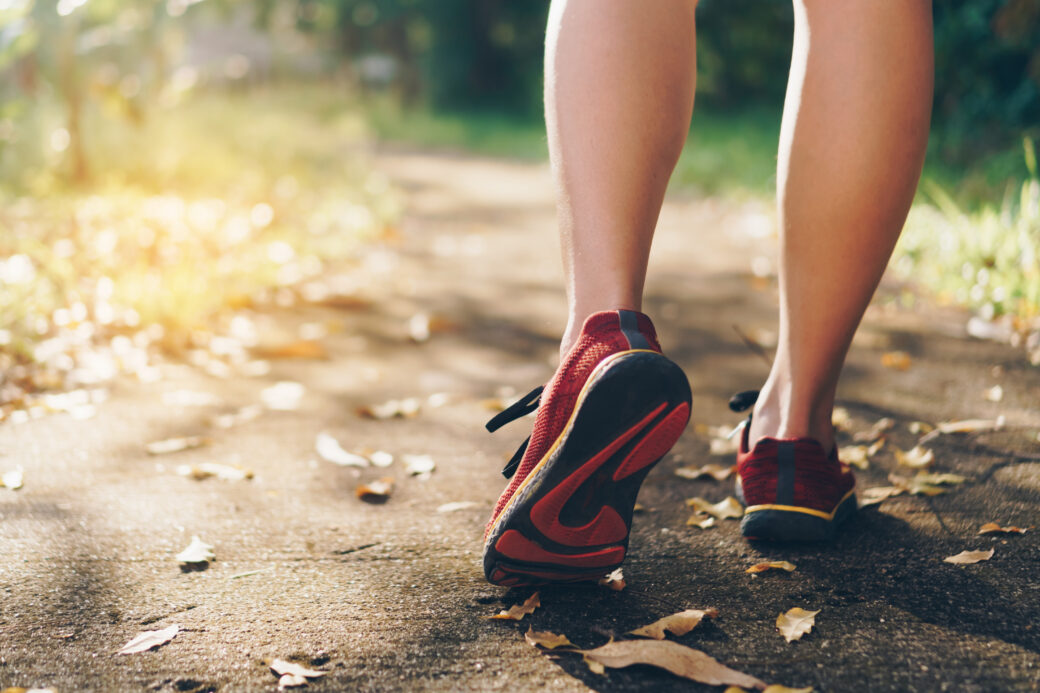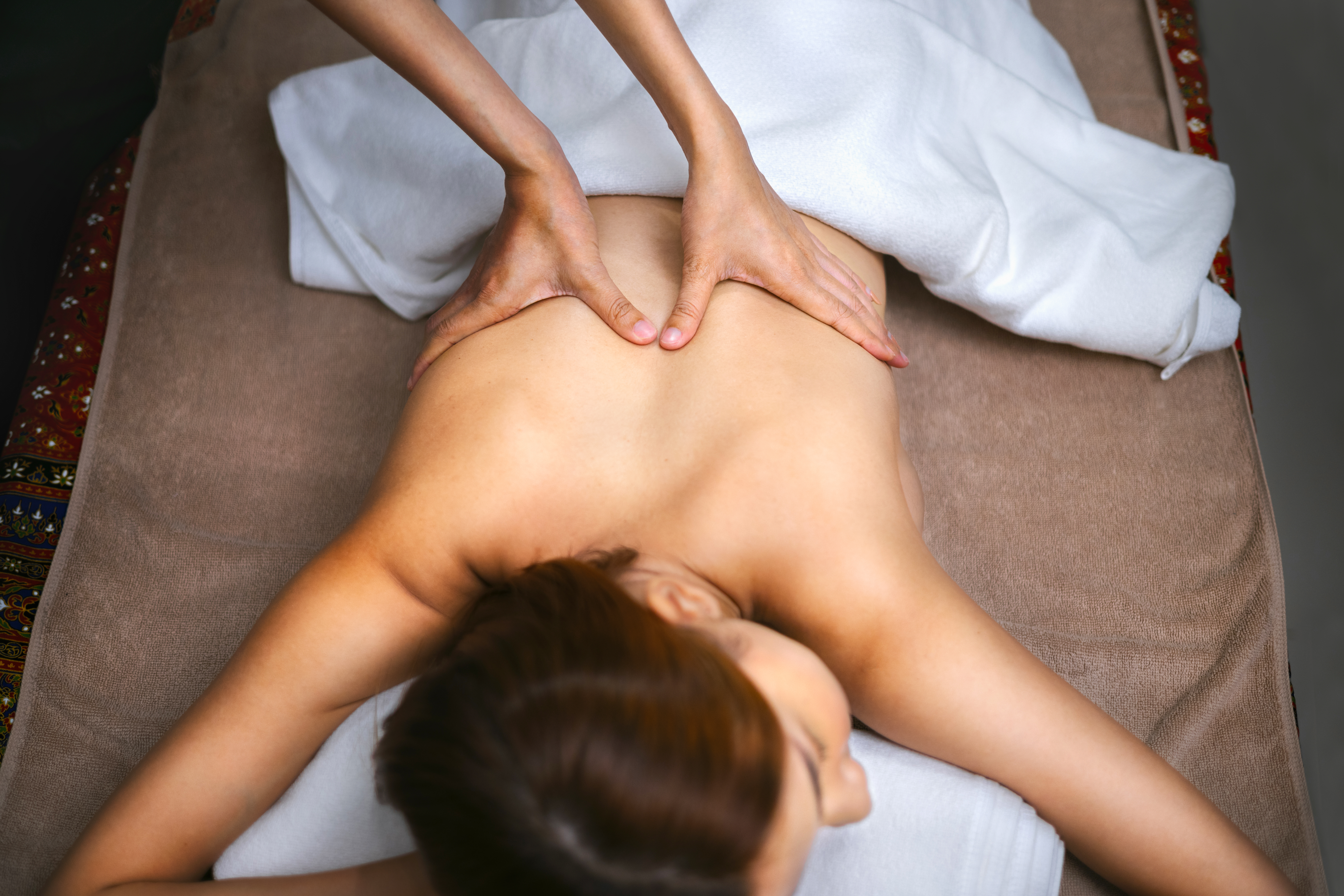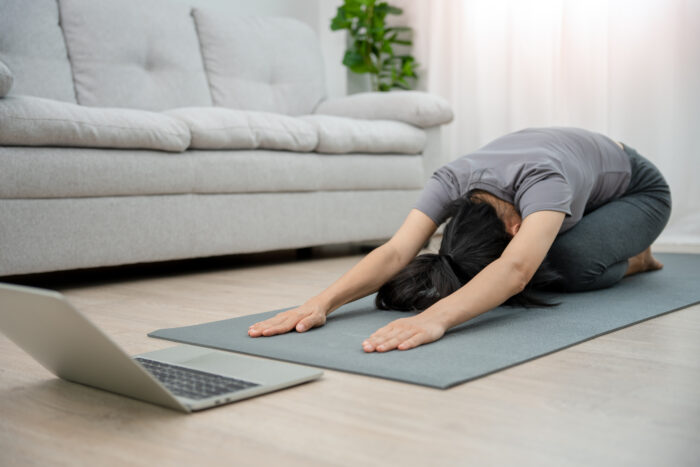
Yes, walking can benefit individuals recovering from a lumbar strain, as long as it is done carefully and within the limits of what your body can comfortably handle.
Here are some reasons why walking can be good for lumbar strain…
Benefits of Walking for Lumbar Strain:
- Low-Impact Exercise – Walking is a low-impact activity that puts minimal stress on the spine and lower back muscles, making it generally safe for individuals recovering from a lumbar strain.
- Improves Blood Circulation – Walking promotes better circulation, which can help deliver oxygen and nutrients to the injured muscles and tissues, aiding in the healing process.
- Maintains Mobility – Walking helps maintain mobility and prevents stiffness in the muscles and joints surrounding the lumbar spine, reducing the risk of developing tightness and discomfort.
- Strengthens Supporting Muscles – While primarily a cardiovascular exercise, walking also engages muscles throughout the body, including the core muscles that support the lower back. Strengthening these muscles can provide better support and stability for the lumbar spine.
- Promotes Recovery – Engaging in light physical activity like walking can promote faster recovery by stimulating the body’s natural healing mechanisms and reducing the risk of deconditioning.
Tips for Walking with Lumbar Strain
- Start Gradually – Begin with short walks and gradually increase the duration and intensity as tolerated. Listen to your body and avoid pushing through pain.
- Maintain Proper Posture – Pay attention to your posture while walking. Keep your head up, your shoulders relaxed, and your spine in a neutral position. Avoid slouching or leaning forward.
- Choose Flat Surfaces – Opt for even and flat walking surfaces to minimize uneven stress on your lower back and reduce the risk of tripping or falling.
- Use Supportive Footwear – Wear comfortable shoes with good arch support and cushioning to provide adequate shock absorption and reduce impact on your lower back.
- Warm-Up and Cool Down – Before and after walking, perform gentle warm-up and cool-down exercises, such as stretching your calf muscles and hamstrings, to prepare your muscles and prevent stiffness.
- Stay Hydrated – Drink plenty of water before, during, and after your walk to maintain hydration and support overall muscle function.
When to Proceed with Caution
- Pain or Discomfort – If walking exacerbates your pain or causes significant discomfort, reduce the intensity or duration of your walks. Consult with a healthcare professional if pain persists.
- Progress Gradually – Avoid sudden increases in walking intensity or duration, as this can strain the muscles and prolong recovery.
- Listen to Your Body – If you experience any new symptoms, such as numbness, tingling, or weakness in your legs while walking, stop and rest. These could be signs of nerve irritation and should be evaluated by a healthcare provider.
Walking can be beneficial for individuals recovering from a lumbar strain, promoting circulation, mobility, and muscle strength without placing excessive stress on the lower back. Incorporate walking into your daily routine gradually and with proper precautions to support your recovery and overall spinal health.
Related Posts
How Do You Massage Your Lumbar?
On
May 23, 2024
How Do You Stretch Your Lumbar?
On
May 26, 2024
What Makes Lumbar Pain Worse?
On
May 11, 2024
How Do You Get Rid Of Lumbar Spine Pain?
On
September 23, 2024



